I left Tuesday, September 17, for Edgewood, New Mexico, to give a cactus talk to the Santa Fe Cactus and Succulent Club. I stayed with Woody and Kathy Minnich at their home in Edgewood. Woody is an expert in the cactus world and grows and sells all kinds of cacti and succulents, the usual as well as the seldom seen varieties, so of course one could spend days browsing the plants in and around the greenhouse. Which I tried to do before we left for Santa Fe and the meeting.
That afternoon, we drove the Turquoise Trail, NM highway 14, to Santa Fe for the club meeting. As we were nearing Santa Fe, the rain started, and by the time we were near town, a full rainbow greeted us. I took pictures from the car, but of course, they don’t do it justice. It was quite a lovely rainbow, and all the colors showed.
As time went by, the dark blue sky under and behind the rainbow turned charcoal black and the rainbow became more intense in color. I made the comment that I hoped that black storm cloud would drift to Texas and give us some rain.
By the time we had enjoyed dinner at Santa Fe Bite and drove to the meeting, the rain had stopped, but that black storm cloud was still around. This was at about 6:30 New Mexico time. The meeting went well, and we drove home with no rain.
I drove home the next day, and made it to Muleshoe by 4:30 p.m. As I pulled into our driveway, I couldn’t see the driveway! It was not its usual concrete gray-white color, but solid green with honey locust tree litter. Bill said the storm hit around 10 p.m. Texas time. Turns out my wish that we get some rain out of that cloud also included ten minutes of so of hail. We did get an inch and a quarter of rain which refilled my water barrels, and thank goodness we had put up hail screen on the pergola to protect many plants in pots, but anything not under the hail screen took a hit. Big time.
Bill had purposely left all the mess for me to see when I got home so I would realize just how bad the storm was. And I am glad he did. It was unreal. Those of you living in Muleshoe who also endured this storm know what I am talking about. You had the same kind of mess at your houses, no doubt. I didn’t, however, think to take a picture of it all before we started cleaning it up, so you will just have to take my word for it.
After I took a quick look at the garden and under the shed and pergola to assess the damage to plants, we got busy and cleaned the driveway and all the walkways, tried to blow the mess off the newly xeriscaped area in front of the house, and in general cleaned up the majority of the mess so we could walk around easily. But I can show some of the damage.
A leaf blower moved most of the litter off the xeriscaped area, but some of it will just have to be done by hand over the next few days. The little Echinocereus coccineus in the new garden is hard to see through the honey locust leaves, and that will all have to be picked out of the spines with my long tweezers.
The honey locust trees that lost all those leaves used to be full of green and solid with foliage; now they are pretty much bare. The only reason the limbs in the left of this picture look dark with foliage is because you are looking through more than one tree close together.
The Mexican elder tree looks pretty pitiful, too.
It is interesting which succulents survived and which took the biggest hit. The Graptopetalum pentandrum superbum suffered while the jelly bean sedum, Sedum rubrotinctum, next to it came through relatively unscathed. The shape of the leaves and apparently tougher fleshy bodies make a difference with the succulents. Some agaves are better than others resisting hailstones, and yuccas seem to come through okay.
When I left for the trip, I had been checking my ariocarpus collection for flowers since two plants had obvious buds that I figured would open while I was gone. They have hard bodies which still showed some damage, but the worst was the hail that hit the buds. And the ID tags! Most of them were broken to pieces which blew away, and I had some trouble re-identifying between the three Ariocarpus retusus and three Ariocarpus fissuratus varieties and the dates when I acquired them. I am still working on my identification skills. The buds had not opened while I was gone, but the pink one on the A. fissuratus furfuraceus was damaged enough that I don’t expect it to open. Two of the three white buds on the A. retusus scapharostroides opened yesterday and closed by evening, which they always do.
Cactus covered with lots of spines are protected by those spines for the most part, but the fleshier bodied ones with fewer spines can be damaged. My four melocactus were under the big elm tree and had a little protection, but not enough spines to bounce the hailstones away.
Succulents usually survive a hailstorm, but the damaged parts have to be cut off and then given another year to grow and thrive again. The cactus that get pockmarked, agaves, anything that gets a white wound like this will keep that wound for life. They will grow, but the marks are always there. So when the weather report said we would have more rain and maybe hail Wednesday night and the sky turned dark blue again, I moved the ones I could under the hail screen. No point in taking a chance.
I could show you more examples of damaged plants, but you get the idea.
It did rain again that night and the next night, no more hail, but a total of over two inches of rain at our house. The rain barrels are full, and I won’t have to drag hoses around in the garden to water for another week or more, so some good did come out of the storm. We always need the rain.
Now it is just about time to move the potted plants into the greenhouse and barn for the winter, so no more hail damage this year. What I get to do next is haul out the buckets, plastic boxes, blankets, and cans to cover things planted in the garden in anticipation of freezing weather, not hail.
But, it’s always something. Right, Roseanne Roseannadanna?
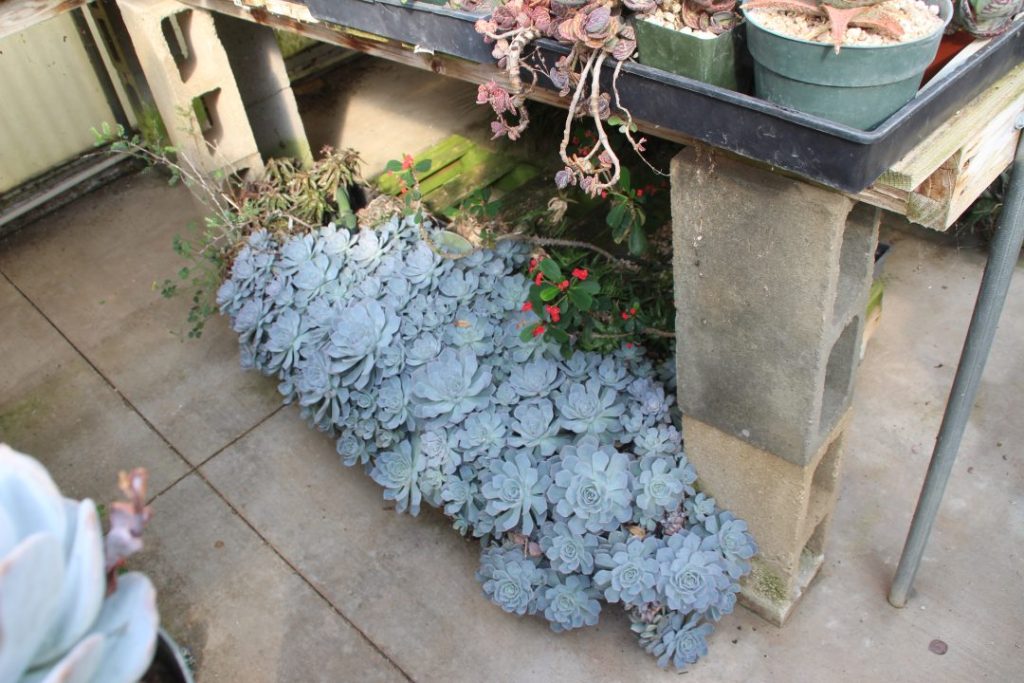
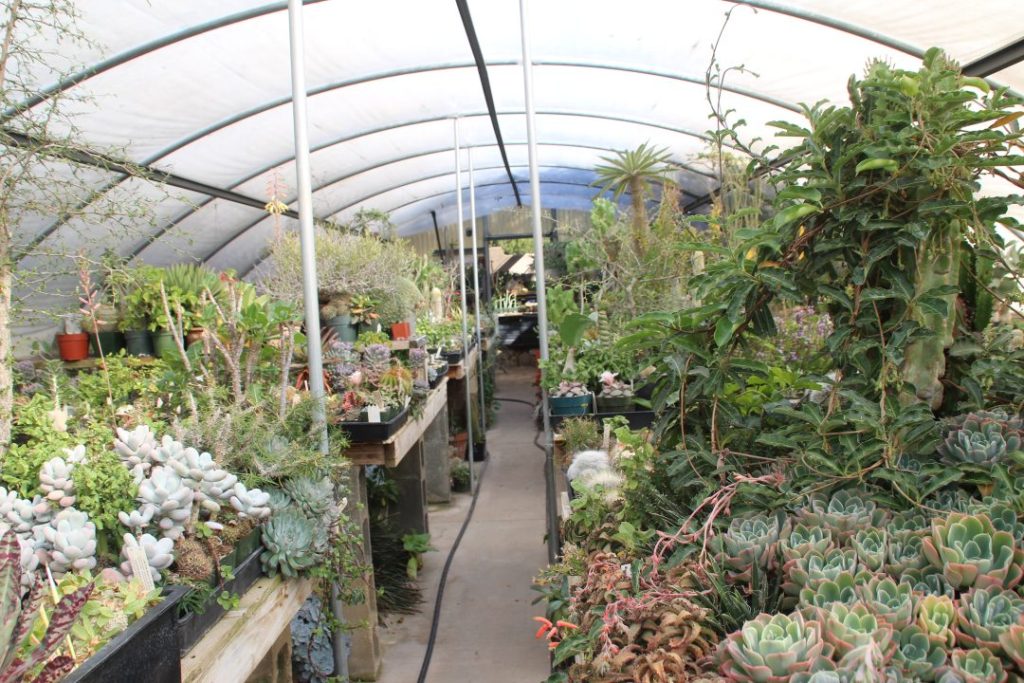
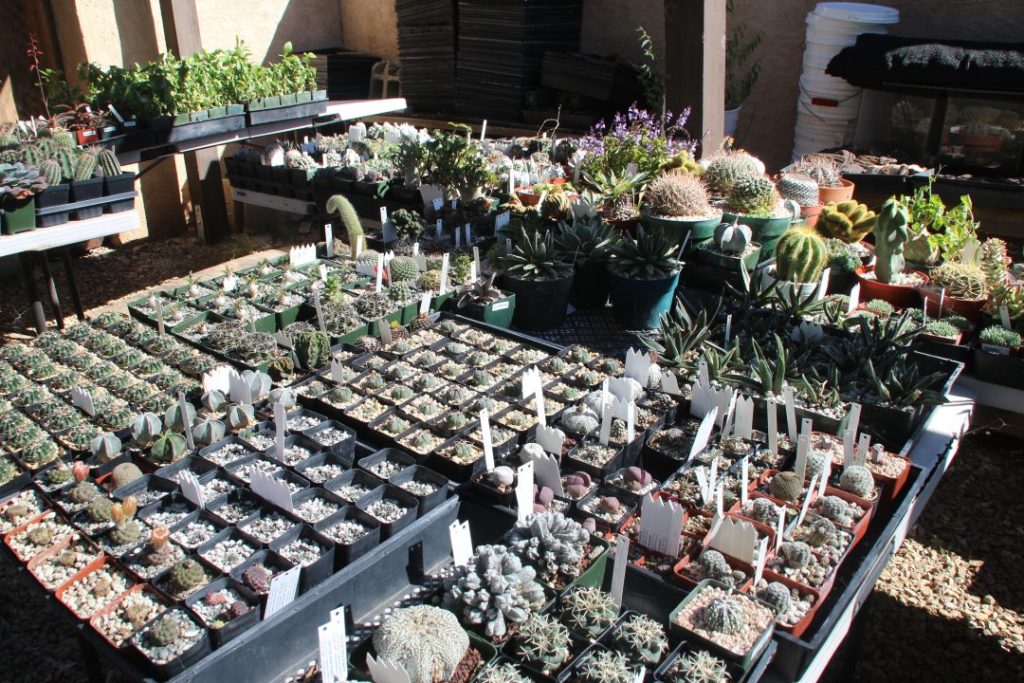
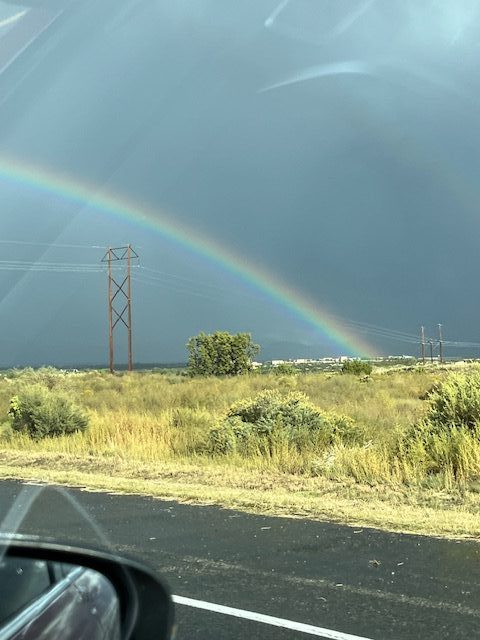
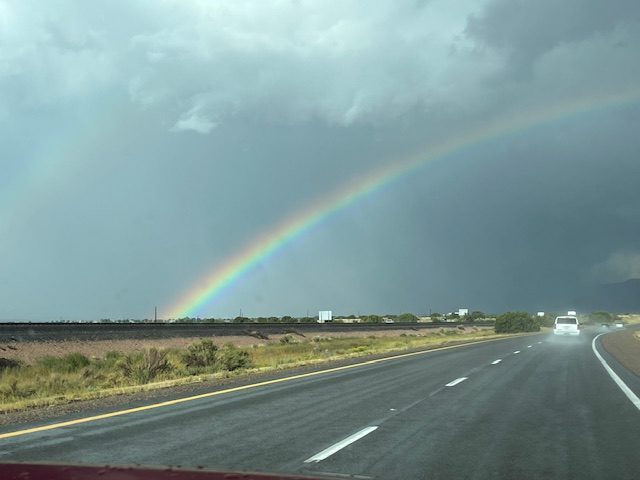
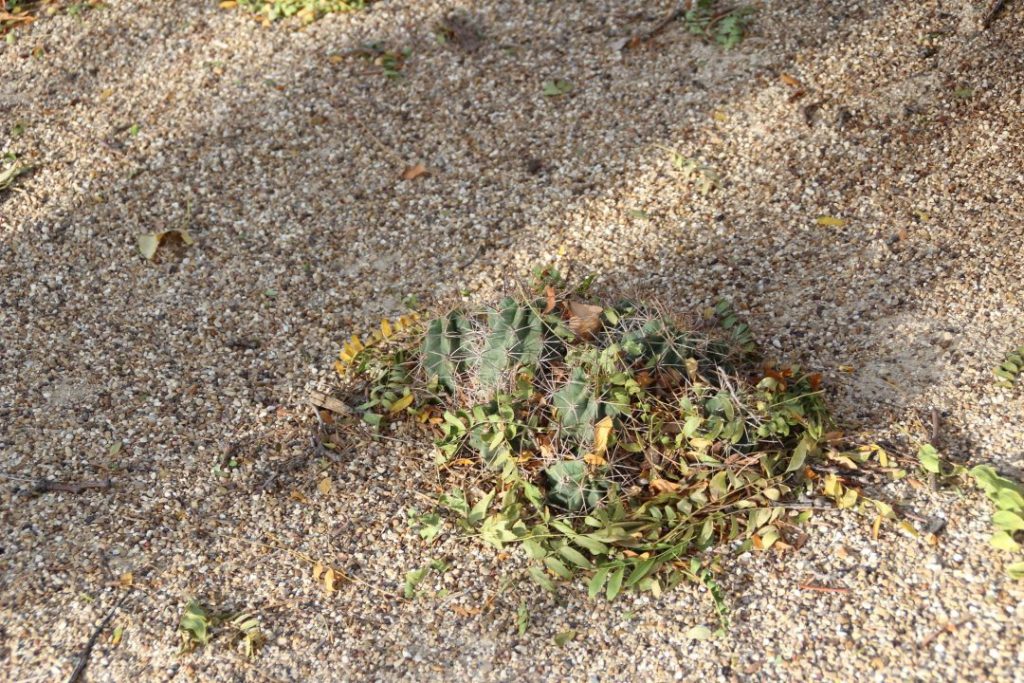
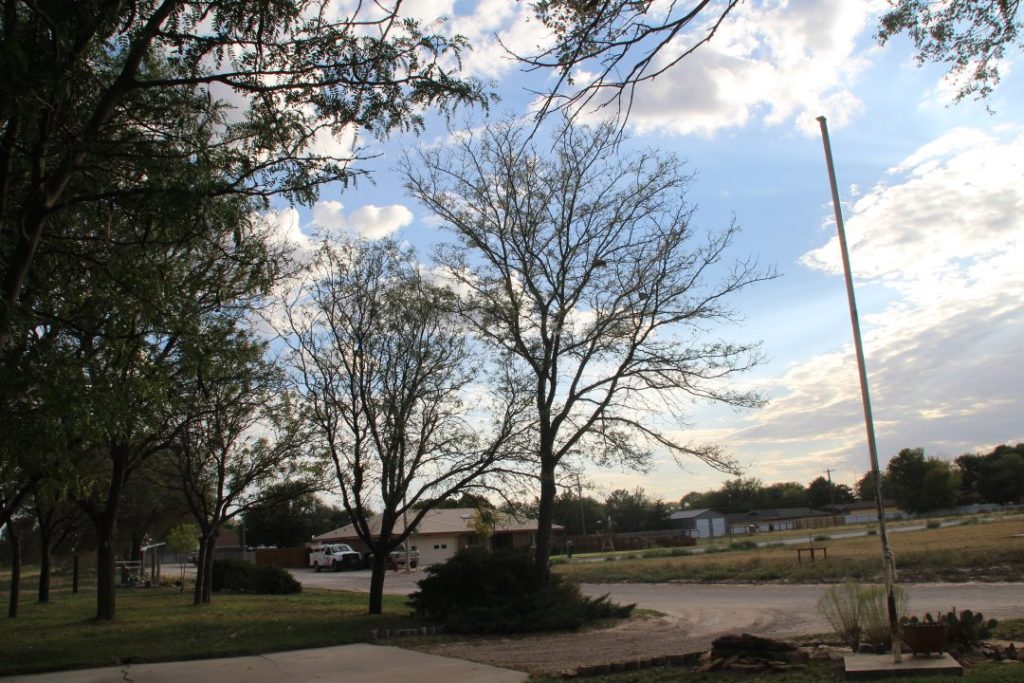
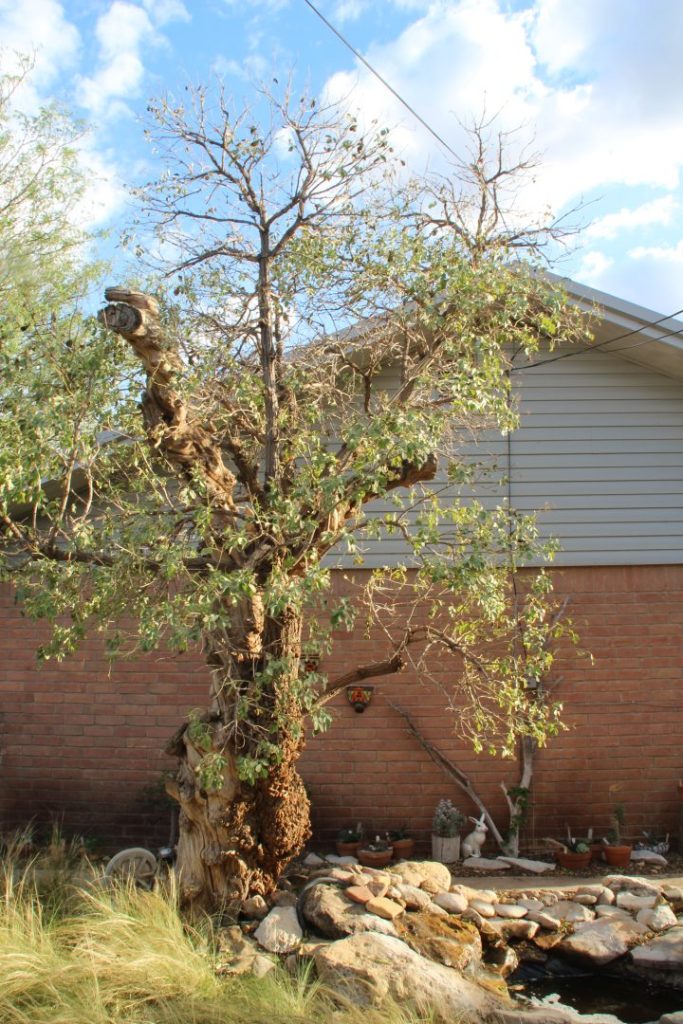
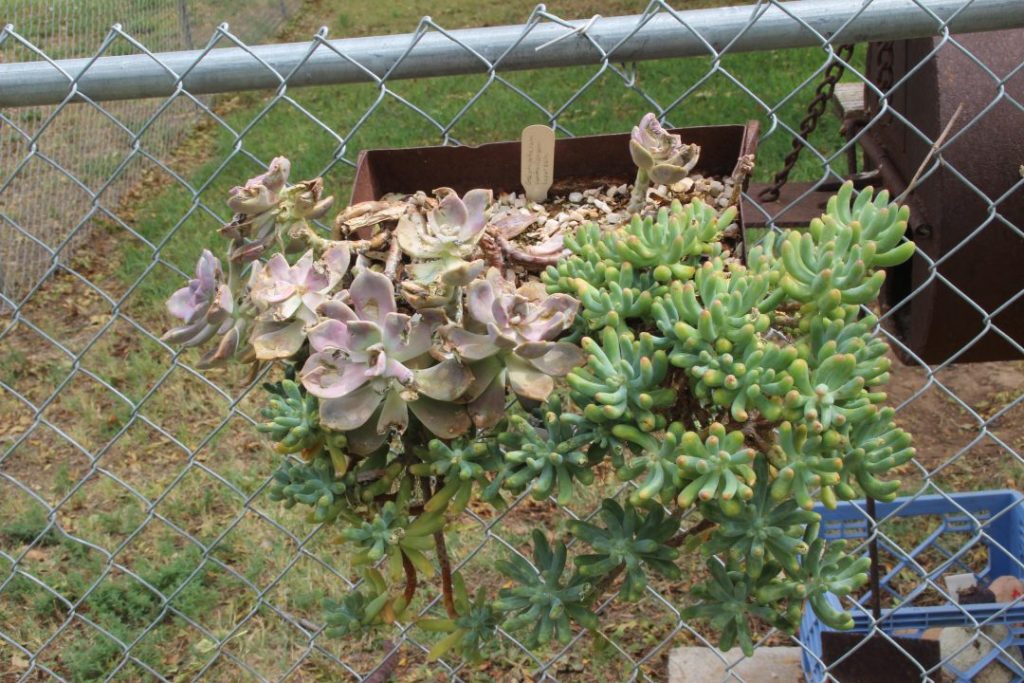
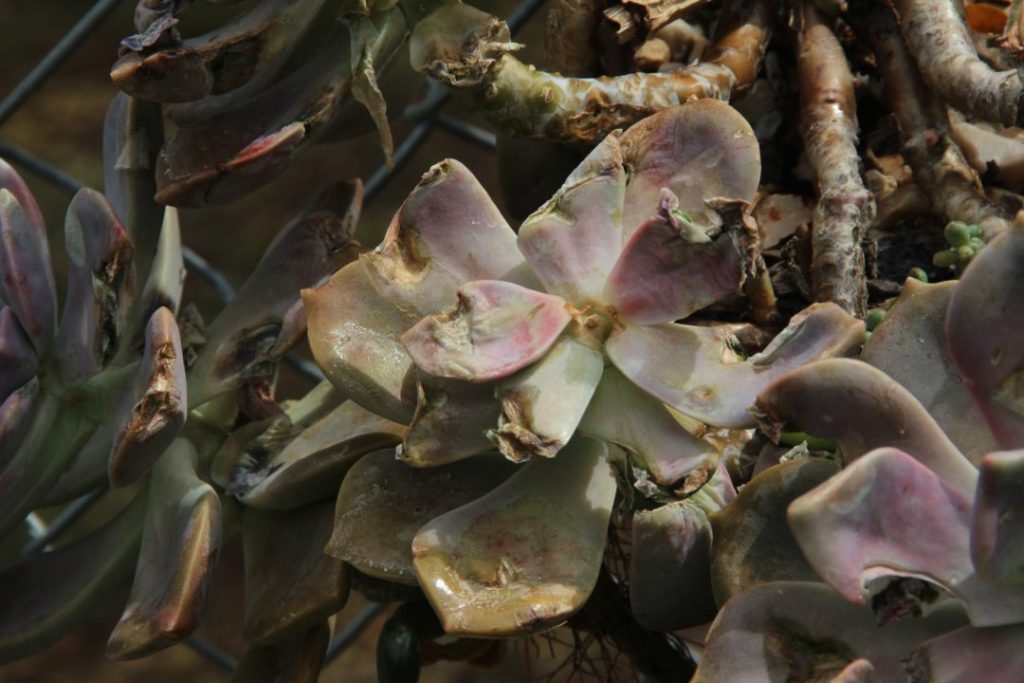
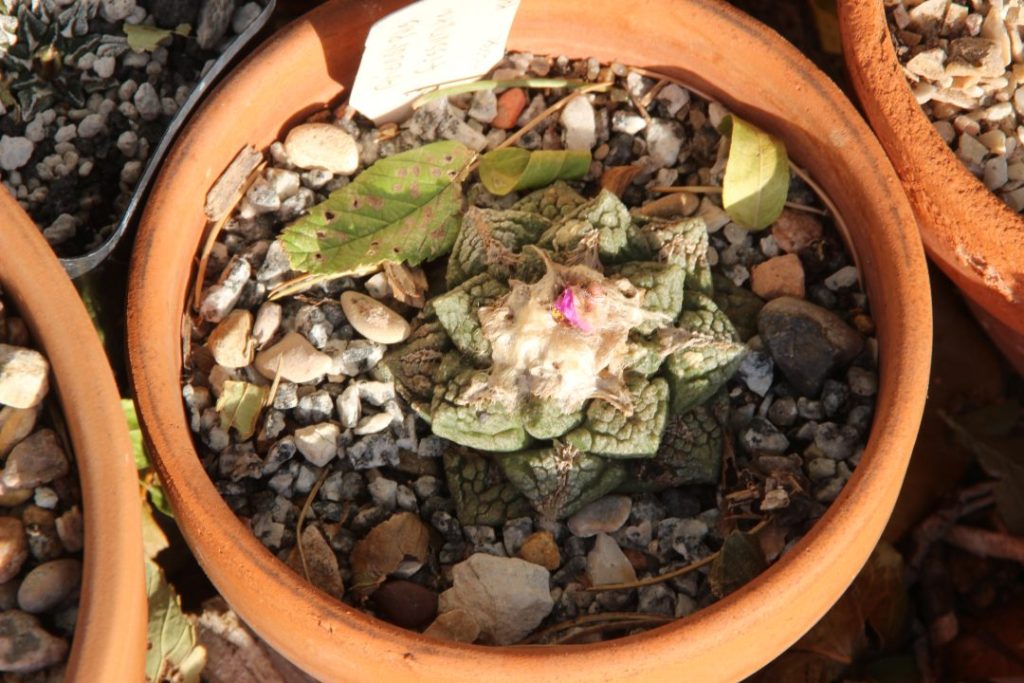
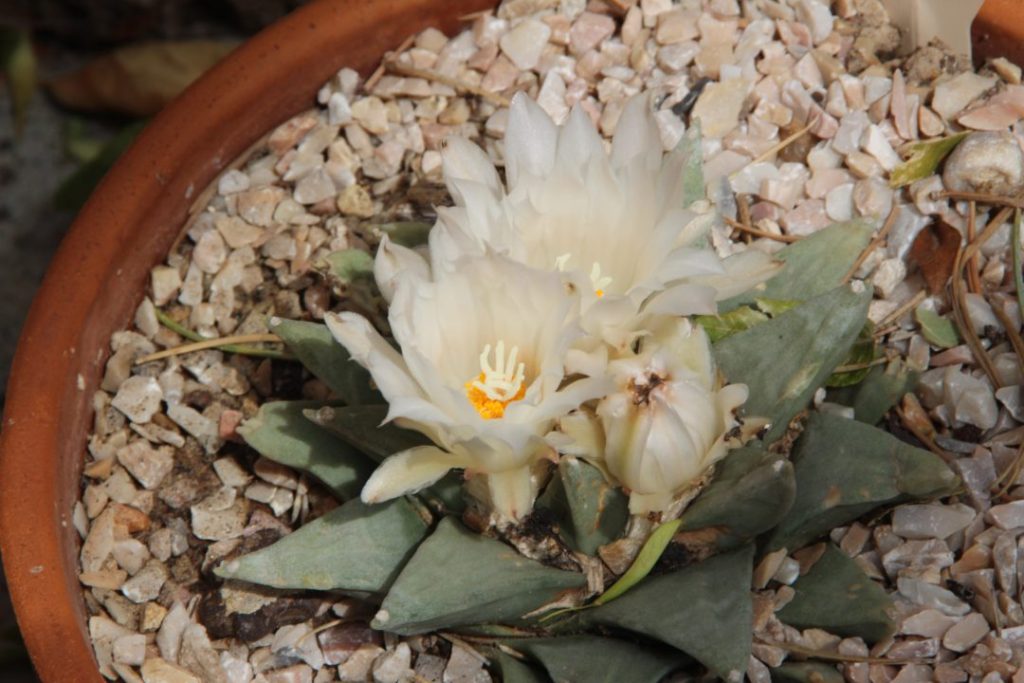
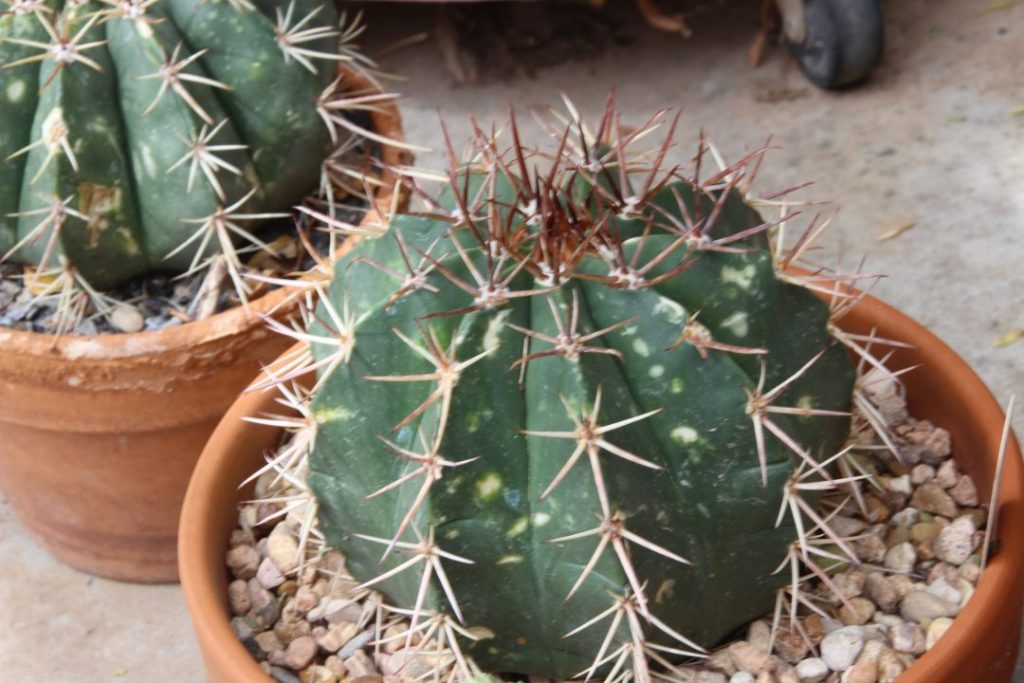
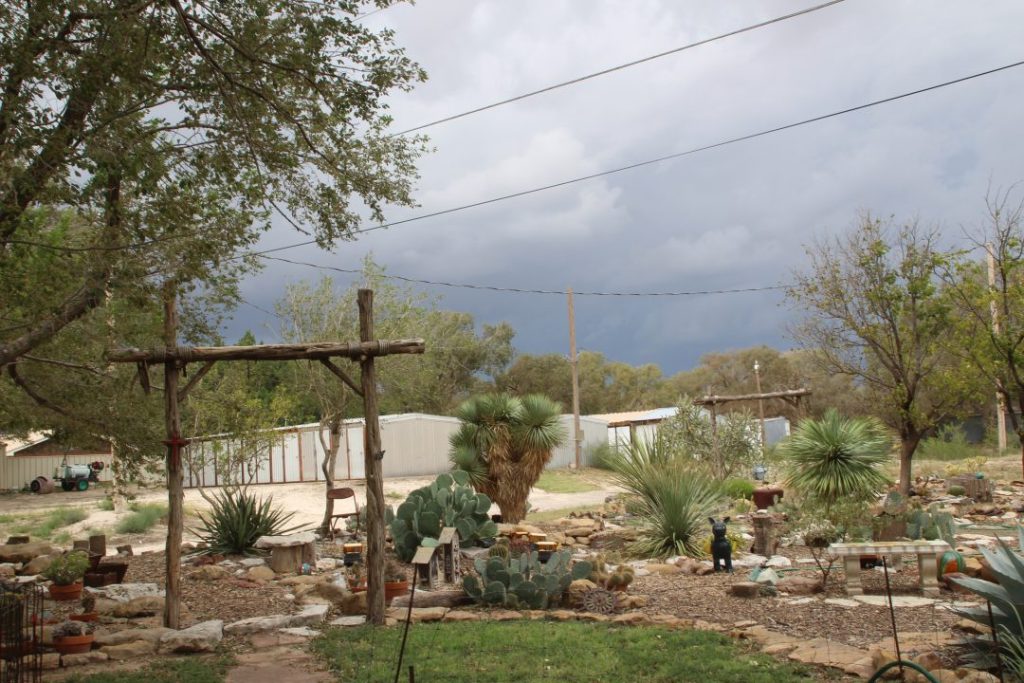
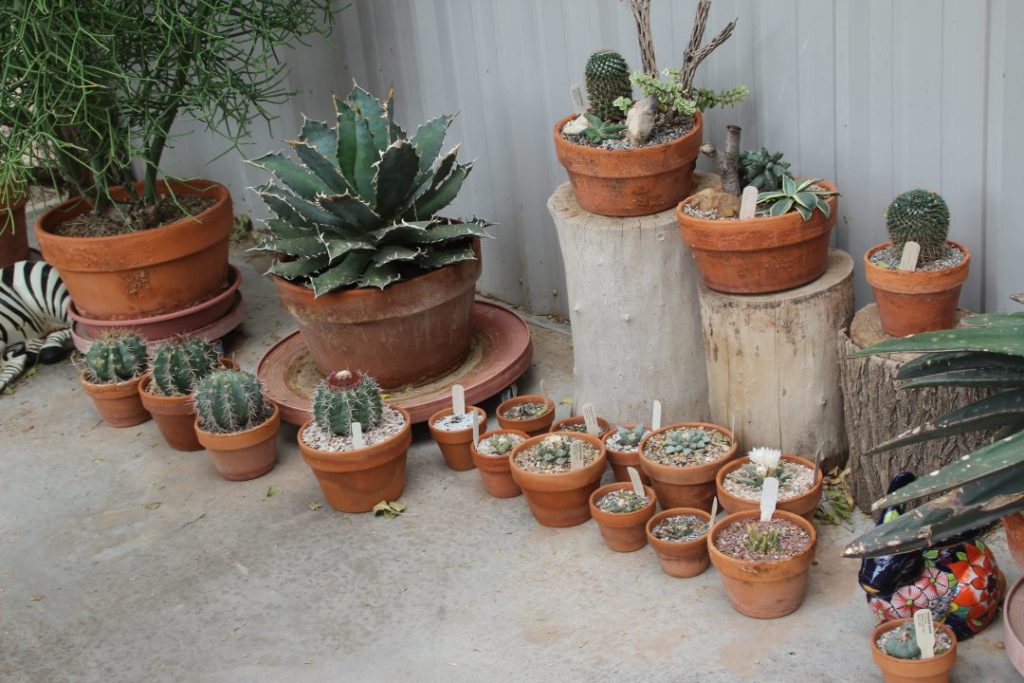
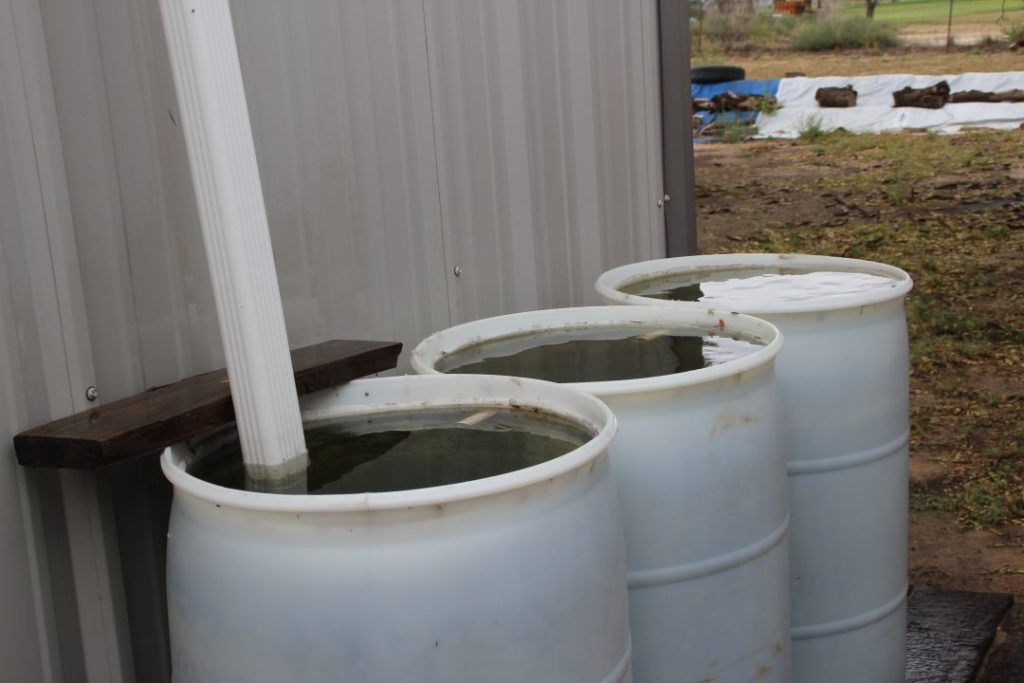
That must have been some hailstorm! Sorry for all the damage.
No windows broken this time, but lots of plants damaged.